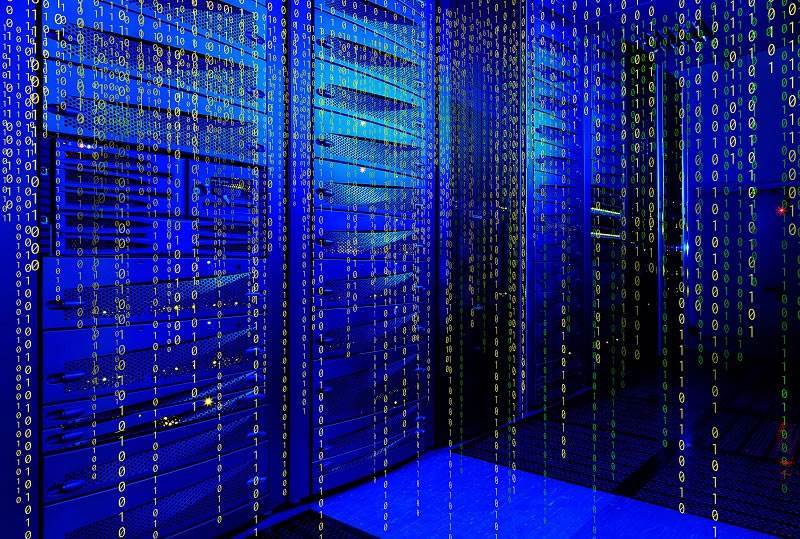
By Michael Zwolski
Flash storage isn’t really “new” technology, but it’s new enough that people continue to believe some myths about it. To help clear things up, I will review the four most common flash myths.
It’s important to bust these myths because flash storage can provide an immediate and significant benefit to all mainframe customers, regardless of size and workload types.
So, in this blog post, let’s look at the first two myths: “Flash and SSD are the same,” and “All flash providers are technically equal.”
Flash Myth 1: Flash and SSD are the same
I often encounter people who think that flash and SSD – Solid State Disk, that is – are the same thing. Nothing could be farther from the truth! Be careful if a vendor interchanges the terms flash and SSD.
The term “flash storage” refers to flash cards packaged in an enclosure that’s designed for their performance capacity. If you put flash cards in disk drawers architected for spinning disks (AKA, Hard Disk Drives or HDDs), you get some performance benefit. That benefit is limited by the disk drawer itself.
But that’s just what SSD really is: the placement of flash cards in an HDD disk drawer. It’s faster than spinning disk, to be sure, but still limited. Packaging flash cards in an enclosure designed for their performance capacity is the key to flash storage’s advantage.
The net effect is that moving from spinning disk to SSD might yield a performance benefit that is several-fold in scope. The move from SSD to a true flash architecture will deliver yet another several-fold increase in performance.
Since the purchase price of SSD and true flash storage in a new disk system are very close in price, flash is the only good business decision. For a small gap in price, you will receive an order of magnitude benefit with true flash.
Ignore the myth. Understand the technology. Buy true flash capability for your mainframe.
Flash Myth 2: All flash providers are technically equal
Like any other technology, flash storage has had early adopters and it will have late joiners. Some providers are delivering their first or second generation of flash to the market, while others are delivering their twentieth generation. But the idea that each vendor provides products that are technically equal is just a myth.
Texas Memory Systems, now a part of IBM, brought to IBM a heritage of sales to the most demanding, high impact environments. TMS’ large customers were organizations like the US Department of Defense. Their solutions were viable because the need for information was of such great importance that the cost wasn’t a limiting factor.
IBM purchased TMS to integrate their unique technology into the IBM suite of storage offerings, and to make flash cornerstone to all those offerings. IBM understood ahead of time the value of acquiring a mature technology to build on in this exploding storage arena.
It’s worth mentioning that IBM has been in Gartner’s Magic Quadrant for flash storage since it acquired TMS. IDC has also placed IBM at the top in terms of flash sales. They were a leader in their field and their “secret sauce” was their packaging.
That “secret sauce” is now being used within IBM (as in the HPFE), and has resulted in IBM flash product and product vision, being best of breed. Not in IBM’s words, but in the words of the major industry consultants.
Ignore the myth. Consider the pedigree of the solutions you are evaluating.
Watch this space
Watch for my next blog post, in which I will bust the myths that flash doesn’t help cache-friendly workloads (such as mainframe workloads), and that you can’t afford flash. And if you would like a copy of my ebook, Flash Myths Meet Flash Facts, just ask!
About the author
Michael Zwolski is a z Systems and Storage Solution Advisor with LRS IT Solutions. With more than 30 years of experience supporting Fortune 100 IBM customers in the areas of mainframe and enterprise storage, Michael is skilled at interfacing between technical and business resources. His deep knowledge of IBM storage solutions including DS8000, XIV, A9000, SVC, Storwize, TS7000 and others make him a valuable asset on storage projects.